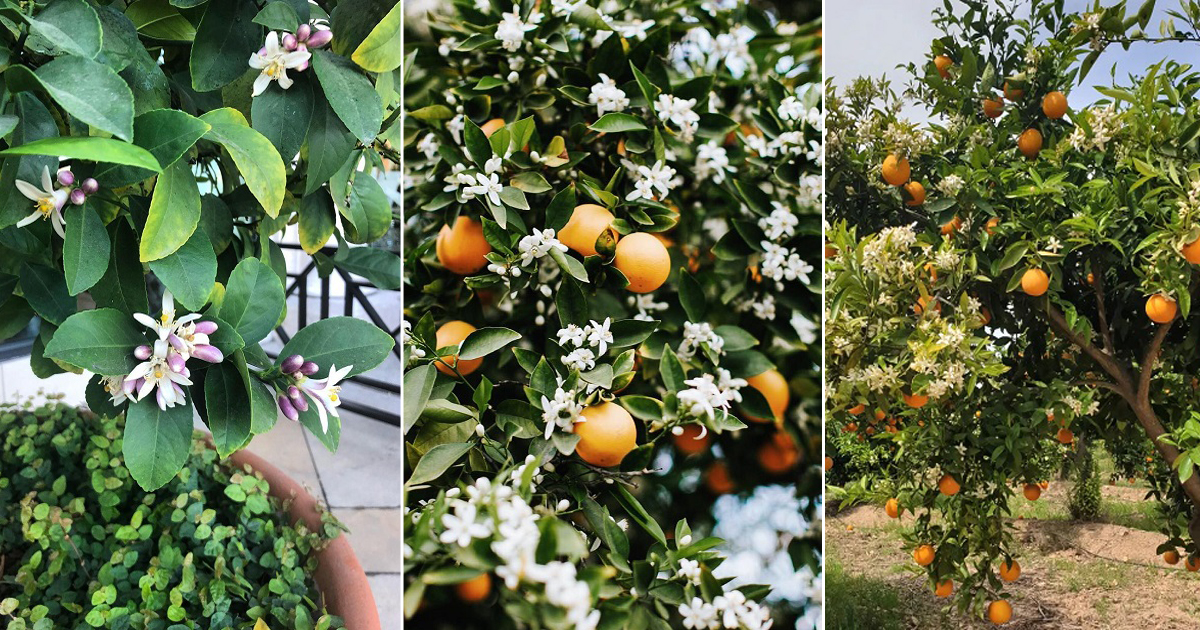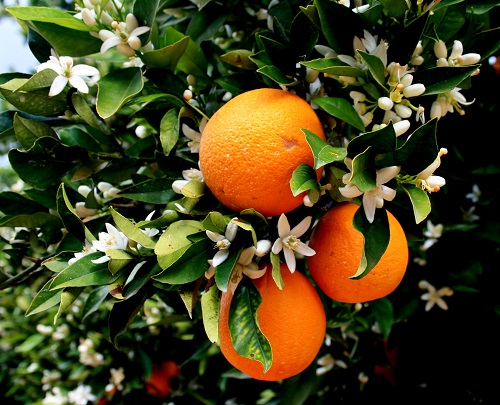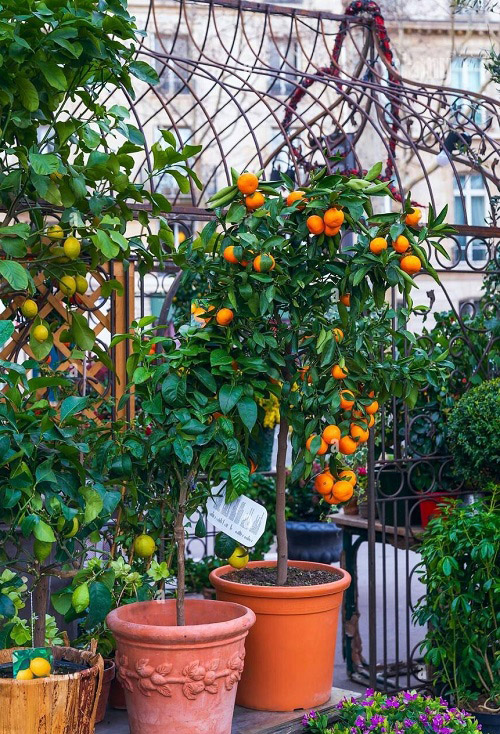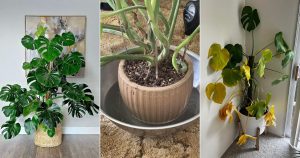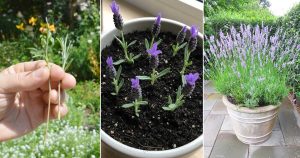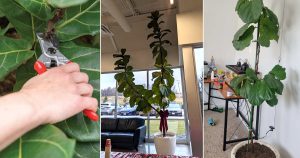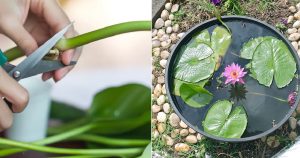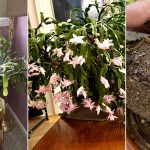If you live in the Sunshine State, you must know everything about the Florida State Flower and How to Grow It. Lucky for you, here’s all the info!
Sunshine, beaches, and… orange blossoms? That’s right, the Florida state flower is the beautiful bloom of the orange tree. And if you want to grow it in your garden, here’s the complete guide.
Florida State Flower Information
The Florida State Flower is the beautiful Orange Blossom (Citrus sinensis).
Orange blossoms are beautiful, fragrant, white flowers that grow on the tree between March and April. They signal the start of the citrus fruit production season. These trees also produce oranges with a sweet and tangy flavor. It’s one of the few trees that can have flowers and fruits at the same time.
The Orange Blossom State flowers represent fertility and prosperity and are intertwined with Florida’s historical ties to the citrus industry. The flower is a part of the state’s identity and is celebrated on various occasions, even inspiring art, literature, and music. It was designated as the state flower on 27 April 1909.
Fun Fact: The state flower also appears on the 20¢ postage stamp commemorating this day. It’s paired with the mockingbird–Florida’s state bird and was first issued in 1982.
How to Grow Florida State Flower
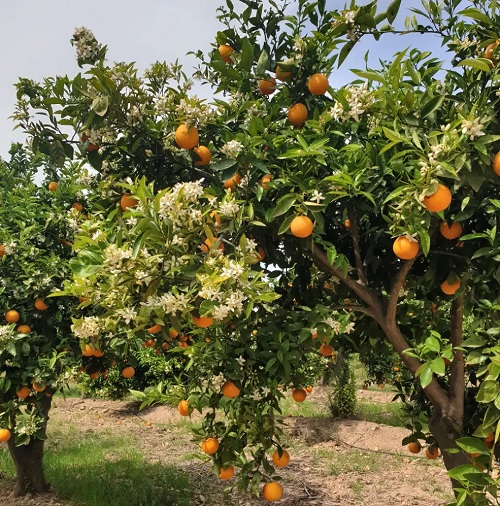
If you want to grow Orange Blossoms in your garden, try to get a well-grafted tree from a local garden center–it’s the best and quickest way. If you get the plant, it’s great, but if you manage to get your hands on a cutting, here’s what to do.
Once you have the semi-hardwood cutting, remove all the lower leaves and dip this cut end in aloe vera gel (it works as a rooting hormone). Now, insert this cutting into a well-draining potting mix and cover it with a plastic bag to create a mini-humid environment.
The best time to do this in colder climates is late summer to early fall so they can establish themselves properly before the winter cold arrives. For warmer climates, you can do it anytime from late summer to early spring–just don’t do it during the hottest part of summer.
Now place this potted cutting in a place that gets bright but indirect light and give it a good misting every once in a while to keep the soil moist. Give it a few weeks, and it’ll root, giving you new leaves and a lovely Florida state flower plant.
TIP: Florida has four designated USDA zones–8, 9, 10, and 11. Orange Blossoms are subtropical plants, and you can easily grow them throughout most of Florida in zones 9a to 11a. You can grow Orange Blossoms in your backyard anywhere here except the northernmost part of the state (zone 8a or 8b).
Best Pot Size for Florida State Flower
This tree can get pretty big so that you can grow it directly in the garden bed. If you still want to grow one of these in a pot, get one that is 12-14 inches deep and wide. Once the plant matures, you can move it to a larger pot that is 16-18 deep.
NOTE: If you have a grafted tree that’s about 1-2 feet tall, you can plant it directly in this pot size, but if you started with a cutting, it’s best to start with a smaller pot and then transplant it into the bigger one once it has reached the proper size.
Requirements for Growing Florida State Flower
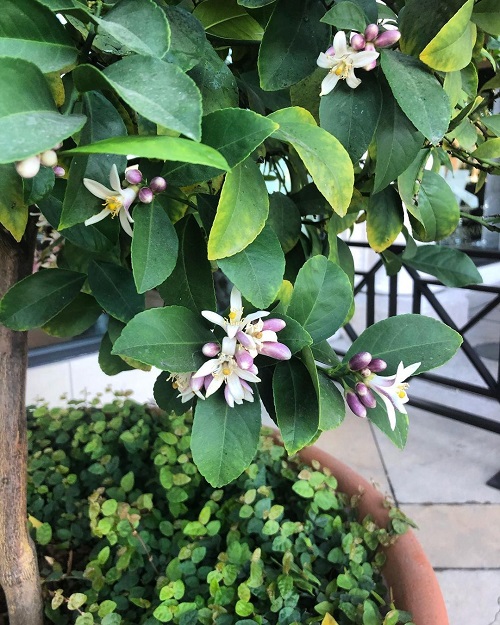
Sunlight
The Florida State Flower needs full sunlight to grow—at least 6 to 8 hours of direct sunlight daily. Choose a sunny spot, preferably south or southwest-facing, to ensure it gets this much throughout the day.
Soil
For Orange Blossoms, you need a good soil base with nutrients, organic matter, good drainage, and aeration. If you’re growing it in a pot, here’s how to make this mix.
- Two parts high-quality potting mix (You can also use peat moss for this, same parts)
- 1 part perlite
- 1 part compost or manure
Mix all these in a pot, and you’ll have the best mix for your Florida state flower to thrive and produce beautiful blooms.
Water
While watering your Orange Blossom, you want to quench its thirst without drowning it. The key is to water deeply, soaking the soil all the way down until some of it runs out of the drainage holes. Then leave it.
Let the top inch or two of soil dry out between waterings. Stick your finger in—if it feels dry, it’s watering time. In hot weather, you might need to water it every other day, but once a week will be enough in cooler months.
Temperature
The plant thrives in a warm climate and prefers temperatures between 55°F (13°C) and 95°F (35°C) for healthy growth and flowering. If mature and well-established, these trees can survive short dips down to 25°F (0°C). They can also tolerate higher temperatures for a short period, up to 104°F (40°C), but your plant will give fewer fruits.
You’ll need to protect it from frost and cold temperatures, as it is sensitive to freezing conditions. If you live in a region prone to frost, consider planting the tree near a south-facing wall or using a frost cloth; it’s a lightweight cloth that you can drape over your orange blossom tree during colder nights. Do use stakes or bricks to secure the edges.
Florida State Flower Care
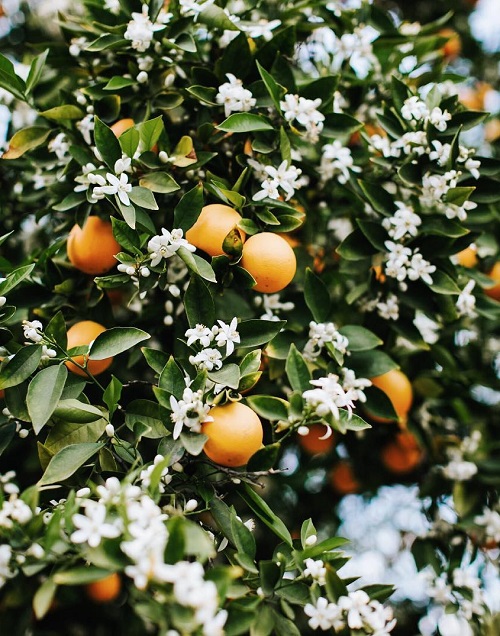
Fertilizer
A citrus fertilizer is a good choice for your Orange Blossom tree. It comes in both granular and liquid forms; pick whichever you prefer—there’s not much of a difference.
Apply it in early spring when the new growth begins in NPK ratio 10-10-10 or 20-20-20 and then again in summer, about 6-8 weeks after the first application. You can also follow the recommended dosage instructions on the package for how much you need to use.
You should stop fertilizing your tree in the fall months to avoid encouraging new growth at that time of the year–it’ll be more susceptible to frost damage. Above all, don’t overfertilize your Orange Blossom–it will lead to excessive foliage growth at the expense of flowers.
Pro Tip: You can also use compost to help retain moisture and feed the good microbes in the soil. Just apply a layer of compost around the base of the tree in early spring, along with the fertilizer.
Pest and Diseases
Orange Blossom trees can be bothered by some pests like aphids and spider mites that can weaken the tree. But don’t worry; a strong spray of water or neem oil will knock them right off.
There are also diseases you need to watch out for, like fungal ones that can cause spots on leaves or mushy fruits. But they only happen if the soil is left too wet for a long time. Take care of that and your plant will stay healthy.

